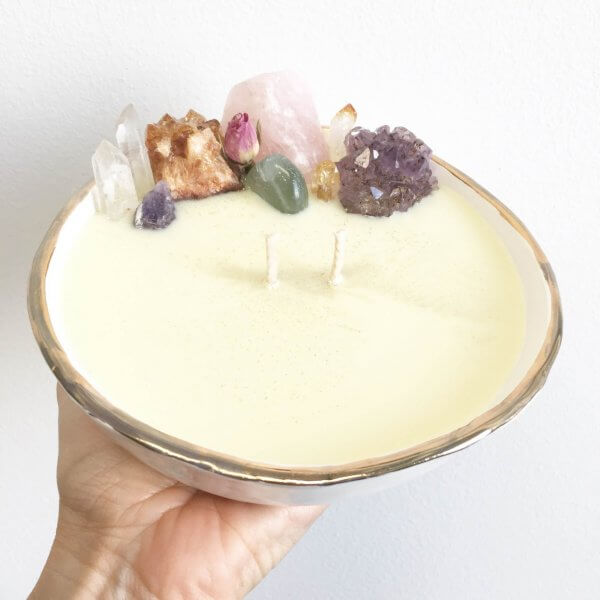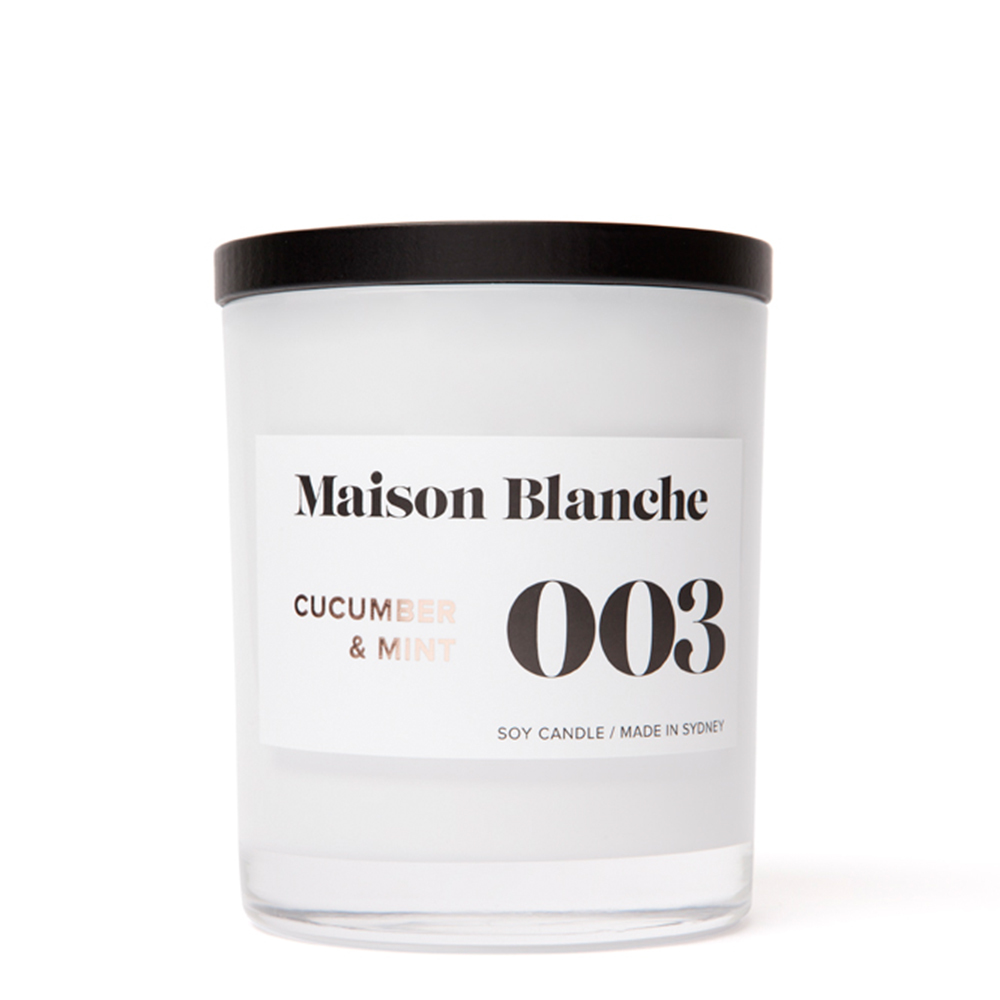By Kathryn Bamford
To me, candles always needed to be two things: beautiful aesthetically and fabulous smelling! I’ve recently added a third requirement: non toxic. I hadn’t ever given much thought to what’s actually in a candle and I certainly didn’t think they could potentially be toxic. There’s a lot of conflicting research out there on the topic, but why not choose a cleaner option for yourself and your home if it’s available?
Here are my top 10 non-toxic candles and why I love them:
Vela de Cera A blend of fine fragrances and essential oils, made from coconut and soy wax handcrafted in Sydney with a 60-hour burn. Not only is it non toxic, it’s also good for the planet with biodegradable packaging made from 100% recycled materials. My pick is the Esencia De Sandalo. $75.

Lemon Canary Candles and crystals; need I say more?! I would have no hesitation in putting something this beautiful on my coffee table. Their candles are natural, handmade, cruelty-free, sustainable, biodegradable and just all round amazing. With their waxes coming from sustainable farming, they are a renewable resource that can be replaced at the same rate or faster than can be consumed without damaging the ecosystem. Candles bowls start from $129.

Maison Blanche I mean bonus points for being monochromatic, this one’s timeless. It also lasts longer with an 80-hour burn time. Meticulously designed and handmade in Sydney using only the highest quality plant-based ingredients. Large candles, $52.

Celia Loves Crafted in Melbourne from 100% natural soy wax and essential oil extracts. Each fragrance has a different arty label and they truly are ALL beautiful designs. Celia might love… so does Kathryn and so will you! Available in 40 or 80-hour burn times. Prices start at $24.95.

Hunter Candles Hand poured in bustling Newtown, Sydney, using Ecosoya wax, made using pure soy beans. The wax is biodegradable and free from pesticides, palm oil, petroleum and GMOs. Their candles use full fragrance, which is non-toxic and have a 40+ hour burn time. Large candle $45.

Mojo Candle Co Believe it or not these beautiful candles are made from reclaimed beer and wine bottles collected from wineries and restaurants from the Southern Highlands and Canberra! With most fragrances sounding like amazing cocktail combinations (take watermelon lemonade!), these are definitely on the list to try! 50+ hour burn time and $39.90.

Orchard St Each product has been naturopath-created to conjure a positively thriving state of body, mind and spirit; a ‘way of being’ aligned with the wisdom of nature. There are four scents available for the different elements earth, air, fire and water. With an 80+ hour burn time, they are an absolute steal for $48.

Haeckels This one is dedicated to our European followers. Made with a high quality woven cotton wick and eco-friendly soy wax in a thick glass surround and with a burn time of 40 hours. The glass is purposely designed to be reused once the candle is finished as a drinking vessel. Cool right? £55 each.

Salus Spa-inspired products and scents that are made in Australia with natural plant extracts, powerful botanicals, natural soy and 100% pure essential oils. 60-hour burn time. $40 each.

The Candle Library Each candle is made using 100% eco soy wax and their signature, custom fragrance oils. The candles are packaged in Australian manufactured boxes, made of paper that is 100% recycled from waste paper and is carbon neutral. Good for you, good for the planet, and good for your wallet at $45 each.

– Kathryn Bamford is a regular contributor, certified interiors addict and degree qualified interior designer & stylist. You can follow her projects and adventures on Instagram @kathryn_bamford.








